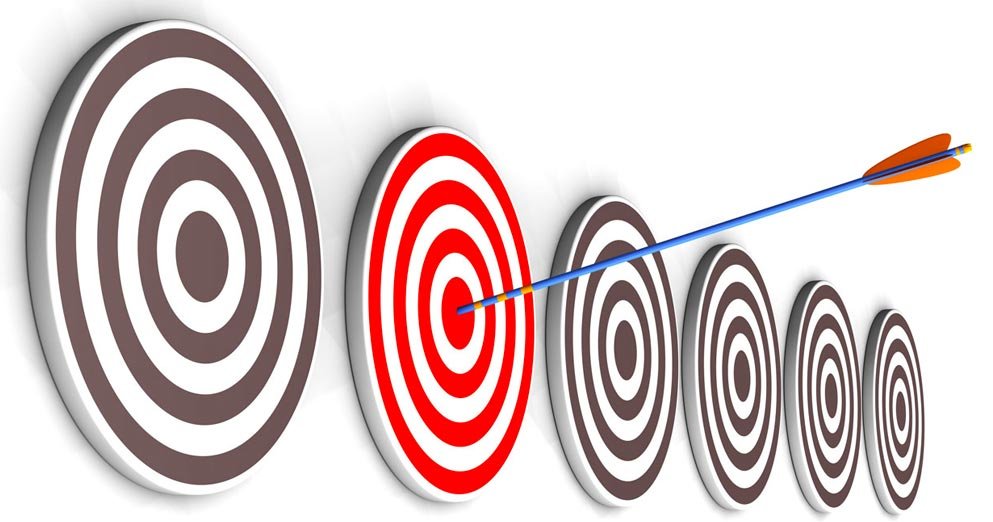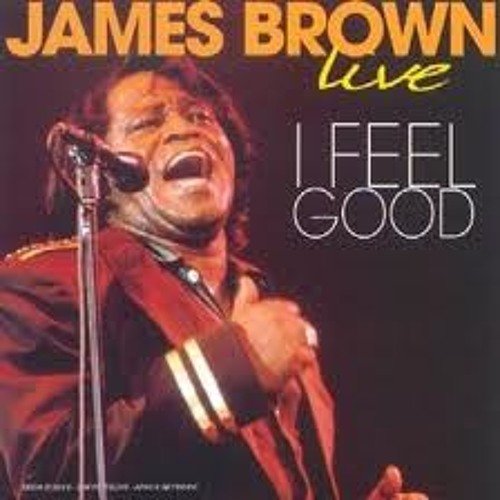Recognition vs. Recall
The goal is not to memorize the entire tune and arrangement. We just need to be able to identify and recognize the various sections as they come along. As long as we can follow the tune, the rest is just a case of getting organized. I like to develop a good understanding of the 'landscape' and leave the details until later. If I were to focus on the drum breaks, for example, I’d miss a lot of important information.
Repeat After Me
The following etude is a primary example of the idea that things sometimes look simpler than they are. It’s comprised of just quarter and eighth notes, but you have to concentrate in order to play from start to finish without stopping and, of course, without making a mistake.
Read morePick Your Target
One thing that I always admired about Buddy Rich was the way he set up figures. He had a way of announcing and drawing attention to horn lines that was absolutely beautiful.
Read moreThe Paradiddle Bible and the Humble Single Paradiddle - Part 2
Linear paradiddle exercises between the cymbal, bass drum, and snare drum.
Read moreAre you talking to me?
We’ve all at one time or another been advised to "just listen” and we would be told the answer to whatever it is that’s is confusing us..
Read moreOccam Was Onto Something (w Simon Phillips videos)
(editor’s note; It is clear from this image that William of Ockham invented the traditional grip 1000 years ago)
Micro Practice
We do ‘micro practice’ all the time. We work on a single thing: single strokes, double strokes, lines from Stick Control and the like. Why? Because it works. Reducing our focus to a single item reaps big rewards. When learning a new figure, I will often take a 2-beat or even a 1-beat section and work on it exclusively. Then, when I tackle the whole thing, I’ve got a good handle on each part.
Playing Time vs Playing Within The Time
My first introduction to Tony Williams was the Miles Davis album 'Miles in Europe.' Inconceivable to me that Tony was keeping time. He was playing his 'parts' (yes, plural) 'within' the time. (And killing it!) Elvin Jones with John Coltrane? More plural 'parts' within the time. (And more killing!) Max Roach played pstterns and melodies. Jimmy Cobb often played straight quarter notes on the cymbal. To me, that was his part in the music. And so on.....
Read more“Feel Good” Aspects Of Playing Drums
When I was a kid, after hours trying to develop an open double stroke roll, I got a great feeling when suddenly discovering I achieved the ability to play clean, even, and fast double strokes with its resulting machine gun effect. The same holds true for many other aspects of learning to play my instruments.
Read moreBass Drum Two-sies
It's always a good time to work on bass drum doubles. I find the first page helps with the timing and execution.
Read moreSweet Sixteenth
Many drummers feel “uneasy” when having to read a piece in sixteenth time. The uneasy feeling has to do simply with the fact that there’s not much in the way of reading exercises when one is first developing the skill to read rhythm. And the music can look a little frightening if there’s a lot of sixty fourth notes. But you can think of sixty fourth notes in sixteenth time as no more than sixteenth notes quarter time.
Read moreWhat I've Been Working On...In 5/4
I thought I’d take some basic rock beats and render them in 5/4. I’m having fun with the result.
Read moreA Significant Problem In Reading Rhythm
Having to read combinations of rhythm that are divided by two to a beat then three to a beat within the same bar can sometimes represent a significant problem for beginning students.
Read moreAll Tied up
I’ve found that many drummers have difficulty when a drum arrangement is full of tied notes. No doubt one of the reasons has to do with the lack of practice reading material with tied notes in drum books.The rhythm in the following etude is simple, but it’s replete with ties. Reading it perfectly at sight may prove challenging even for drummers experienced in reading charts
Read moreNAIVE OR JUST PLAIN STUPID?
I was actually unaware that there were tiny bottles of liquor for sale--I simply assumed they were free samples given to hotels for their guests as advertisements. Before going home I took all the small bottles from the fridge thinking I would give them to friends, and packed them into my drum case with the snare.
Read more3+3+3+3+2+2 = Four Three Stroke Rolls + A Single Stroke Four
Editor’s Note: Richard Best sent me this thing he’s been working on for his students. He’s calling it variations on the classic 3+3+3+3+2+2 rhythm. There are two rudiments within these patterns.
Read moreCymbal/Snare Coordination w 16th Notes
The following article shows what I consider 40 basic two-way coordination patterns between the eighth note rock cymbal pattern and snare drum using sixteenth notes.
Read moreThe Single Stroke Four (Four Stroke Ruff)
The Single Stroke Four, which I prefer to call the Four Stroke Ruff, is one of the most lovely-sounding rhythmic embellishments played by drummers when executed perfectly, either with brushes or sticks. And it is used quite often by most players. But the ruff is not easy to perform exactly right every time. I’ve heard even top-notch drummers mess it up once in a while. The exercises below will go a long way in helping any
drummer develop or polish up this wonderful rudiment.
Read morePlastic Fantastic - 3D Printer drum parts
So, I have an invention. I wanted to get a prototype made from my sketches and got a quote of $250 to have a one 3D printed. I thought that was pretty good and I was all set to commission the work. Then I got talking to a friend who is a designer and mentioned the prototype and the cost. He said he’d just bought a 3D printer for $300. Well that was enough to send me off in a totally different direction.
Read moreProfessor Sound's Drum Tuning Bible
Scott Johnson’s Drum Tuning Bible has been on the www for probably 25? years. I am publicizing this because it is an exhaustive resource and very useful to those who have questions about tuning drums. Johnson writes about every possible method of tuning, head choices and combinations, and dampening devices without bias toward any of them.
Read morePutting The Accents on Accents
Developing the skill to play accents helps to strengthen your hands in order to build technique. Moreover, accents are an essential part of playing breaks and solos. Whether it’s rock, jazz, latin, marching or classical music, accents have an important role to play. The following etude is named , ACCENTUATION. It’s from my book, DUET YOURSELF BOOK TWO. The rhythmic makeup couldn’t be simpler since the etude is all with eighth notes. At first glance it’s deceptively easy, but working up the etude to speed without making mistakes might prove a little tricky for some readers.
Read more









